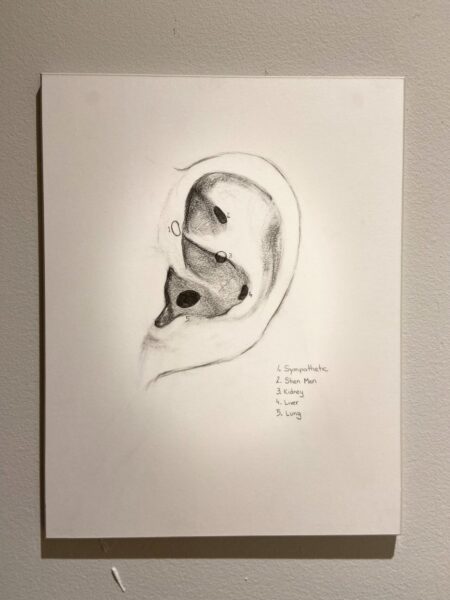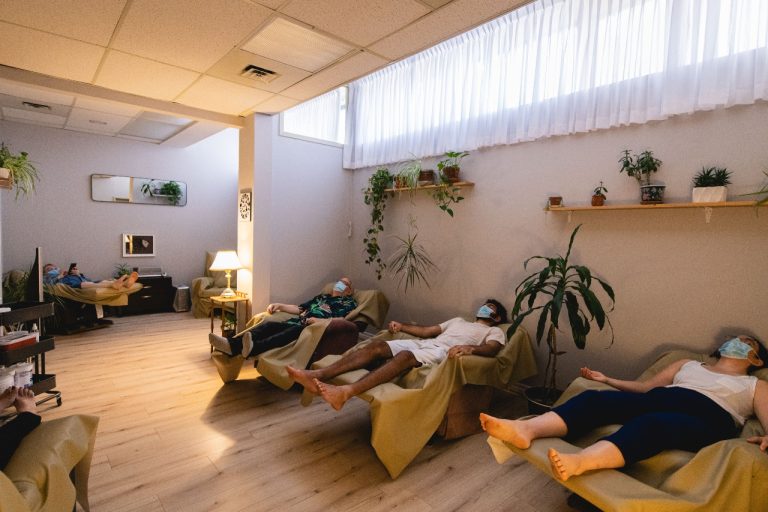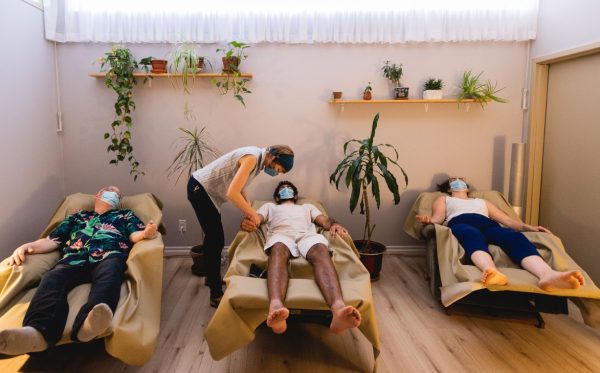You can keep your socks on if you want
When I first started learning Dr Tan’s Balance Method it was a huge adjustment from how I’d learned to use acupuncture in school. Dr Tan…
WE’VE MOVED! We’re now at 85 Norfolk Street, Unit 103.

When I first started learning Dr Tan’s Balance Method it was a huge adjustment from how I’d learned to use acupuncture in school. Dr Tan…

Each year at this time we see an uptick in cultural pressure to start a diet or “fix” our bodies in some way. As Virginia…


We’ve welcomed quite a lot of new patients since our move, and with that comes questions about our sliding scale. Sliding scale models are relatively…

A conversation with my five-year old shortly after the latest photoshoot at GCA: K: “Mama, what’s that? Is that pictures of your clinic?” Me: “Yes…

The pain scale is an imperfect tool. If you can’t give your pain a number or if the question stresses you out and you make a guess that might not be accurate, that’s ok.

Today I dealt with election stress by remembering that somewhere in the world (maybe in Guelph?) people who would not like each other at all if they had a conversation were supporting each other’s healing by sleeping side by side in a community acupuncture clinic.

Acupuncture works because it supports the body to do what it already wants to do: rest and heal. Regular visits to a familiar, predictable place where your body gets to feel good (or, maybe just less bad) teaches your nervous system another way of being. Addressing basic needs for comfort (like pillows and blankets, as needed) are a part of the treatment.

While it’s true that most teens take a minute to warm up to the idea of acupuncture, those who do try it tend to get…

According to Cicely Saunders’ concept of total pain, you cannot properly treat a person’s physical pain without addressing their other kinds of pain. In our experience at GCA we have also found that you can provide relief for one kind of pain by treating another kind of pain.
Your initial consultation is free. Call or text us to request a free phone call.
Or you can book now.